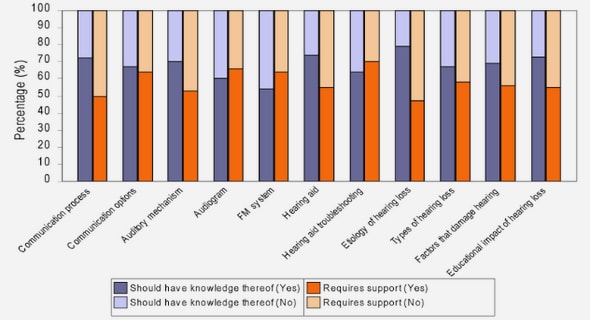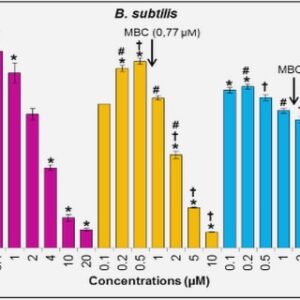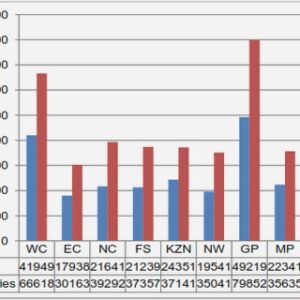(Downloads - 0)
For more info about our services contact : help@bestpfe.com
Table of contents
Chapter 1. Introduction
1.1 Carbonates and their role regulating the ocean’s pH
1.1.1 CO2 and the carbonic acid system in the ocean
1.1.2 Determination of seawater conditions in the past through proxies
1.2 Calcite growth from solution
1.2.1 Calcite
1.2.2 Thermodynamic principles of mineral formation
1.2.3 Reactions at the calcite surface
1.2.4 Mechanism of divalent metal incorporation
1.3 Isotope fractionation during mineral growth
1.3.1 Isotope notation
1.3.2 Isotope fractionation
1.3.3 Equilibrium fractionation
1.3.4 Equilibrium isotope fractionation during adsorption
1.3.5 Kinetic fractionation
1.3.6 Significance of the water exchange rate
1.3.7 Implications for paleo reconstructions
1.4 Nickel
1.4.1 Nickel isotopes
1.4.2 Nickel in the ocean
1.4.3 The motivation for studying Ni isotopic fractionation during its interactions with calcite
1.5 Scope of this thesis
Chapitre 1b. Introduction générale
Chapter 2. Experimental and analytical methods
2.1 Starting materials
2.1.1 Reagents
2.1.2 Calcite
2.1.3 Aqueous Nickel stock solution
2.2 Experimental methods
2.2.1 Reactors
2.2.2 Thermodynamic calculations
2.2.3 Adsorption Experiments
2.2.4 Coprecipitation Experiments
2.3 Experimental protocol
2.3.1 Adsorption experiments
2.3.2 Coprecipitation experiments
2.4 Chemical analysis
2.4.1 Alkalinity and pH
2.4.2 Ca and Ni concentration measurement
2.4.3 Isotope analysis
Chapter 3. Ni isotope fractionation during adsorption on the calcite surface
3.1 Introduction
3.1.1 Ni isotope imbalance in the ocean
3.1.2 Ni adsorption on calcite
3.1.3 Isotope fractionation during adsorption
3.2 Materials and methods
3.2.1 Materials
3.2.2 Thermodynamic calculations
3.2.3 Adsorption experiments
3.2.4 Determination of Ni concentration in the solutions and solids.
3.2.5 Determination of the isotopic composition of Ni in aqueous solutions
3.2.6 Determination of the isotopic composition of Ni in the solids
3.3 Results
3.3.1 Ni aqueous speciation
3.3.2 Adsorption isotherm
3.3.3 Adsorption as a function of time
3.3.4 Adsorption as a function of pH
3.4 Discussion
3.4.1 Comparison with previous results
3.4.2 Isotopes
3.4.3 Interpretation of fractionation factors
3.5 Conclusion
Chapter 4. Ni isotope fractionation during its coprecipitation with calcite
4.1 Introduction
4.1.1 Divalent metals as proxies of past seawater composition
4.1.2 Theoretical background
4.2 Methodology
4.2.1 Experimental set up
4.2.2 Sampling
4.2.3 Thermodynamic calculations
4.2.4 Chemical analysis
4.2.5 Calcite growth rates and Ni partition coefficients
4.2.6 Isotope Analysis
4.3 Results
4.3.1 Mineralogy and composition of the precipitated phases
4.3.2 Chemical composition of the reactive fluids
4.3.3 Ni partition between calcite and fluid DNi
4.3.4 Ni isotope fractionation during calcite precipitation
4.4 Discussion
4.4.1 Ni distribution coefficient between calcite and solution
4.4.2 Control of Ni isotope composition in calcite
4.4.3 Ni isotope fractionation factor as a function of calcite growth rate and implications for natural systems.
4.5 Conclusions
Chapter 5. General conclusions
5.1 Conclusions
5.2 Suggestions for future research
Chapitre 5b. Conclusions générales



